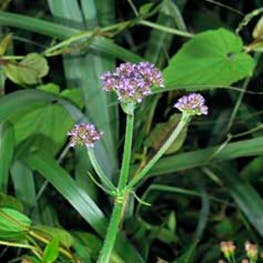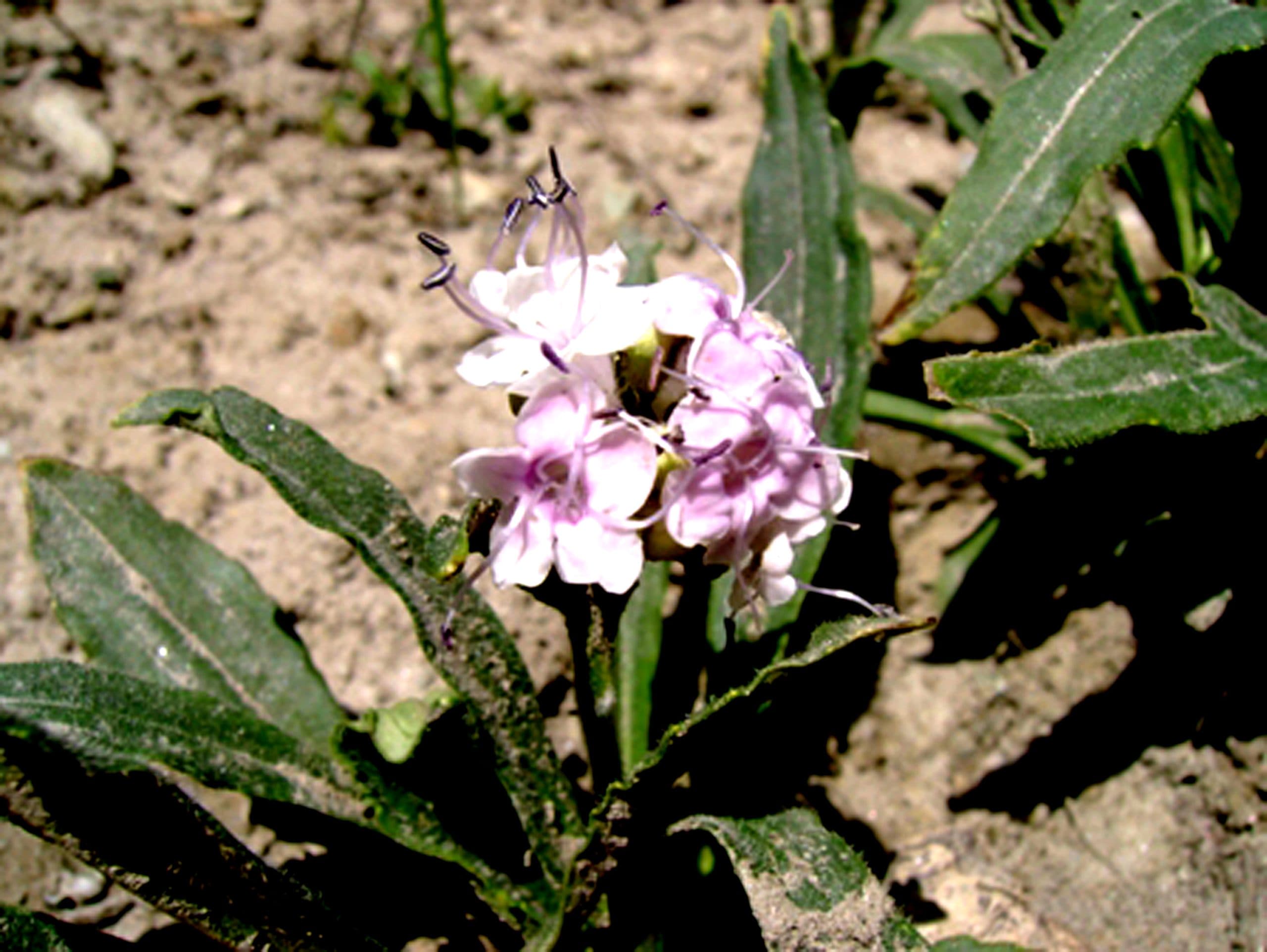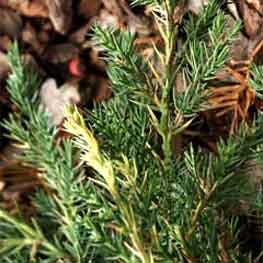
Products / Valerian (Sugandhawal) Oil

Valerian (Sugandhawal) Oil
Matricaria chamomilla L.
Traditional Use
Traditional Use
Valerian gets its name from the Latin word for “well-being”alerian was best known to ancient classical authors as a diuretic and treatment for menstrual difficulties. The Greek physician Galen used it for epilepsy in children and adults. An Italian nobleman, Fabio Colonna, born in 1567, suffered from epilepsy and found Galen’s reference. He took valerian himself and claimed it completely restored his health. Colonna’s experience stimulated interest in the plant as a sedative; use of valerian to relieve spasms and induce sleep evolved in the seventeenth and eighteenth centuries. Valerian was an official remedy in the United States Pharmacopoeia from 1820 to 1936.The ancient Greeks and Romans used valerian root for digestive disorders, menstrual cramps, flatulence, nausea, urinary tract problems, and epilepsy. Ironically, there is only one early mention of valerian root’s sleep-inducing properties, by the physician Galen in 2 AD. By the late sixteenth century, growing numbers of Europeans were reaching for valerian root tinctures to help ease anxiety, insomnia, and nervous digestive disturbances. As late as the nineteenth century, valerian root was also the chosen treatment for hysteria and vapors, two “female nervous conditions.”Clinical research shows that valerian root improves overall sleep quality, shortening the length of time it takes to fall asleep and helping people sleep more soundly. Overall, valerian root seems to help poor sleepers the most. Valerian root has little effect in people who already enjoy a peaceful slumber.In one double blind study on sleep disorders, 44% of the test group reported “perfect” sleep and 89% noted significant improvement after taking valerian root, in comparison with placebo. A large multicenter study has also demonstrated valerian root’s effectiveness in children with sleeping problems related to nervousness.Valerian root’s popularity as a sedative herb seems to be increasing along with the stresses of modern life. For at least 500 years, Valerian root has been among the most popular remedies in the United States and Europe. In Europe, valerian root is now approved by Germany’s Commission for restlessness and sleeping disorders.
Other Details
Packing
Aluminum containers and epoxy-lined metallic barrels 500g, 1 kg, 5 kg, 10 kg, 50 kg, 100 kg, capacities
Actions
Anti-spasmodic, carminative, anti-inflammatory, analgesic, antiseptic, vulnerary, aromatic bitter, diaphoretic, emmenagogue, nervine, sedative, tonic anti-allergenic, bactericidal, fungicidal, hepatic, nerve sedative, stomachic
Uses
- In cosmetics, perfumery and as flavoring agent
- Used in pharmaceutical antiseptic ointments and in carminative antisasmodic and tonic preparations.
- Extensively used in cosmetics, soaps, detergents, high class perfumes and hair and bath products. Non-toxic, non-irritant, causes dermatitis in some individuals








